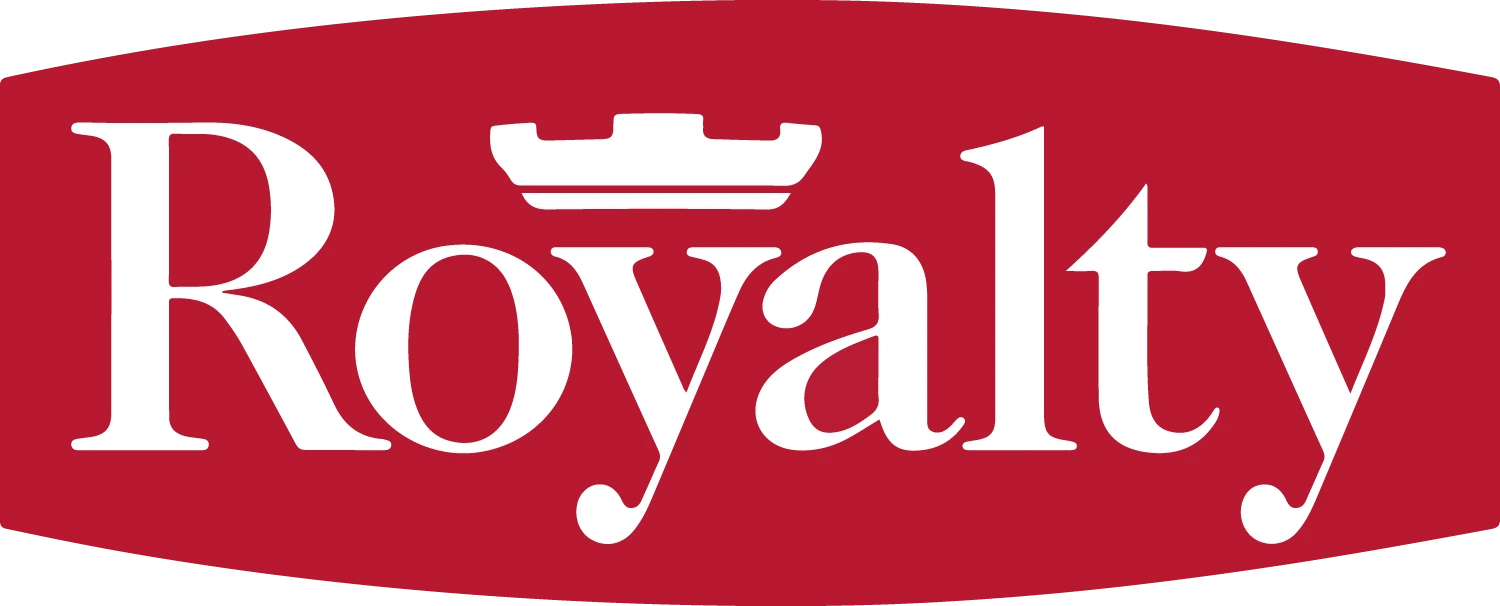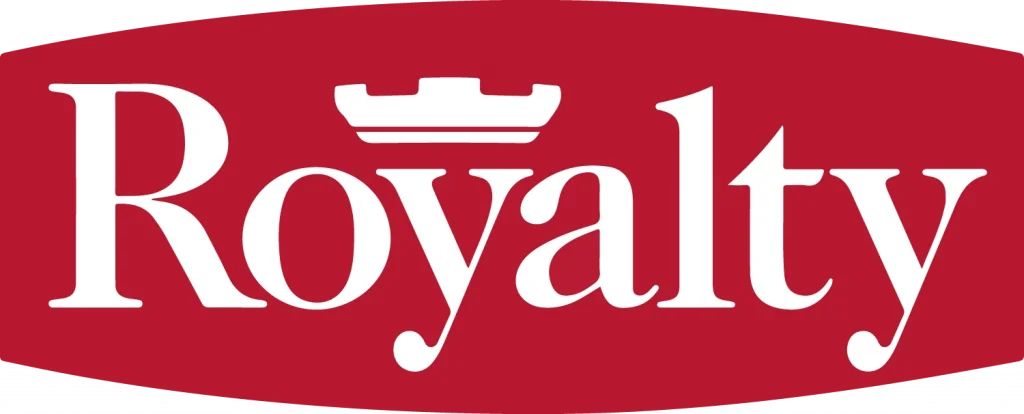The Pros And Cons of Black Roofing Materials
Deciding the color of your roof can be an important decision. Certain colors come with different pros and cons compared to others. Black roofing materials offer a unique set of pros and cons that should be considered before purchasing.

One of the biggest pros (or cons) that can come with the color of your roofing materials is how it affects your energy costs. White or “cool” roofing materials absorb less sunlight, therefore, these materials can reduce cooling costs for a building. The reverse is true for black roofing materials. Black roofing absorbs sunlight, causing the roof to be warmer. This can reduce energy consumption in cool climates or winter months. Black shingles tend to absorb more heat from the sun, which can be beneficial in colder climates as they can help with snow and ice melt. This can also help with reducing energy costs in the winter by providing some passive solar heating.
However, the same heat absorption that can be a pro in colder climates can be a significant con in warmer climates. Black roofing can trap heat, leading to higher indoor temperatures and increased cooling costs during the summer. Black shingles can be more susceptible to fading and weathering over time, especially in areas with intense sun exposure. This may require more frequent maintenance and potentially early replacement. If this is a concern for you, but you still want the sleek look of black roofing, there are other dark roofing options that will give you the same aesthetics with lessened effects.
Ultimately, the decision to use black shingle roofing should be based on your specific circumstances, climate, and personal preferences. It’s important to consider factors like energy efficiency, maintenance requirements, and the longevity of the roofing material when making your choice. Additionally, consulting with a roofing professional can provide valuable insights and help you make an informed decision.
Free Estimate
